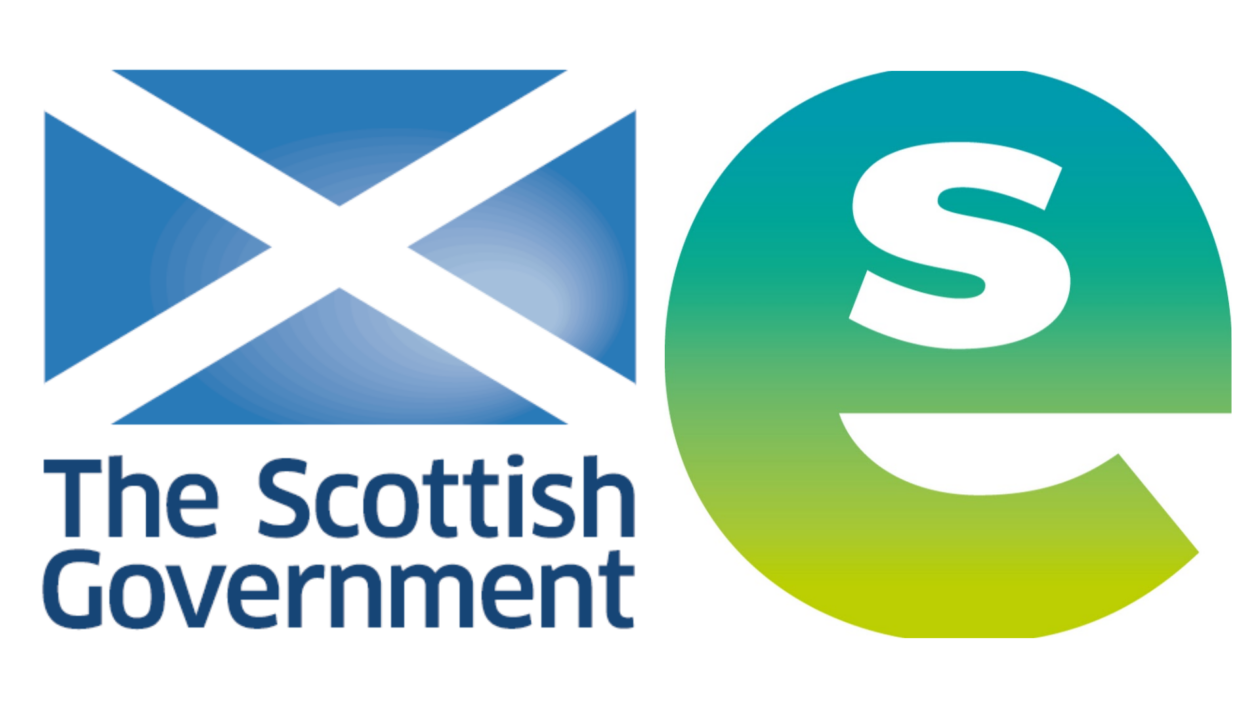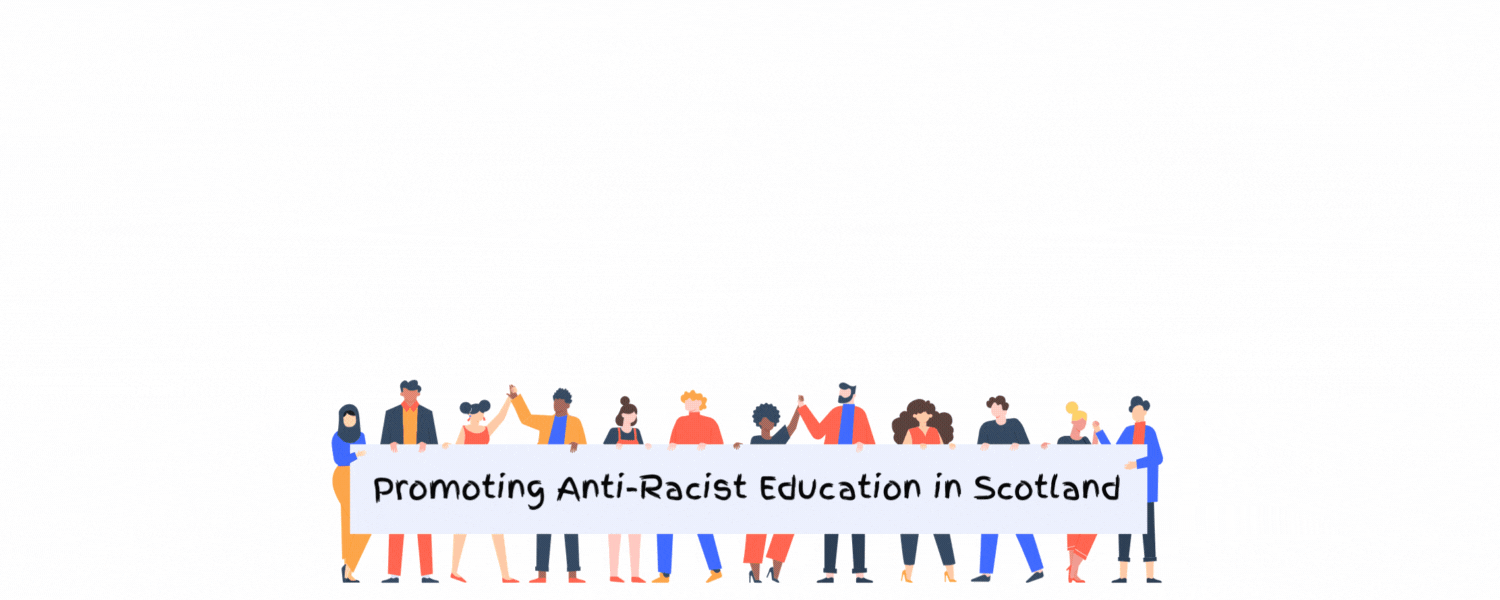Practitioner Considerations
Children should not be discouraged from noticing and discussing differences in skin colours. Psychologist Beverly Tatum’s research shows that children not only recognise race from a very young age, but also develop racial biases by ages 3 to 5 that do not necessarily resemble the racial attitudes of the adults in their lives. Not talking about race and racism sends a message to children that it is a taboo topic, no matter what age. Affirming children’s questions and comments about race is a powerful tool to avoid making them feel that conversations about anti-racism are negative. Open conversations about race at a young can also help reduce internalising racial stereotypes.
- Tatum, B. D. (2017) Why Are All the Black Kids Sitting Together in the Cafeteria?
- How to talk to kids about racism: An age-by-age guide
- Post-Workshop Cheat Sheet: Reflections on Difficult Conversations about Race
- Raising Race Conscious Children
- 100 race-conscious things you can say to your child to advance racial justice – Raising Race Conscious Children
| First Level | |
| Experiences and outcomes | Possible activities |
| I regularly select and read, listen to or watch texts which I enjoy and find interesting, and I can explain why I prefer certain texts and authors. LIT 1-11a / LIT 2-11a | Children could explore a range of texts to identify how different cultures and ethnicities are represented. They could be encouraged to use the cover, illustrations, blurb and information about the author to reflect on texts. They could consider together the range of positive role models who are represented through characters and authors. This could encourage children to be more aware of diversity as they select and engage with texts.
First and Second Level The Silence Seeker Teaching Notes: This resource was designed by Glasgow City Council to support writing / reading strategies with a short book study. The book ‘Silence Seeker’ explores forced migration, empathy and friendship. First and Second Level Hair Love resources workbook: This resource was designed by Glasgow City Council to support writing / reading strategies with a short book study. The book ‘Hair Love’ explores embracing natural hair, the power of persistence and family love. |
| To show my understanding, I can respond to different kinds of questions and other close reading tasks and I am learning to create some questions of my own. ENG 1-17a | Children could use questions to explore how diversity is represented in texts. Children could focus upon some popular texts within the class, such as books, films or television programmes.
Children could create and reflect upon some questions around diversity, for example:
First and Second Level The Silence Seeker Teaching Notes: This resource was designed by Glasgow City Council to support writing / reading strategies with a short book study. The book ‘Silence Seeker’ explores forced migration, empathy and friendship. First and Second Level Hair Love resources workbook: This resource was designed by Glasgow City Council to support writing / reading strategies with a short book study. The book ‘Hair Love’ explores embracing natural hair, the power of persistence and family love. |
| I can share my thoughts about structure, characters and/or setting, recognise the writer’s message and relate it to my own experiences, and comment on the effective choice of words and other features. ENG 1-19a | Children could begin by exploring how authors may choose to share a message through their stories. They could watch or listen to some authors describing how they encourage diversity through their writing and illustrations. For example: How the Rosa and Clive books celebrate inclusivity
Children could explore how diversity is featured (or not) in the characters and storyline of a range of different texts. They may want to identify some examples where the writer has provided a positive or powerful message about diversity. First and Second Level The Silence Seeker Teaching Notes: This resource was designed by Glasgow City Council to support writing / reading strategies with a short book study. The book ‘Silence Seeker’ explores forced migration, empathy and friendship. First and Second Level Hair Love resources workbook: This resource was designed by Glasgow City Council to support writing / reading strategies with a short book study. The book ‘Hair Love’ explores embracing natural hair, the power of persistence and family love. |
| I can convey information, describe events or processes, share my opinions or persuade my reader in different ways. LIT 1-28a / LIT 1-29a | As children become more aware of how diversity is reflected in texts in their setting and local community, they could create their own texts which feature positive representation and reflect their own culture and background. For example, they could promote diversity as they create information texts, such as posters, leaflets, advertisements etc.
Children could develop a campaign for fairness and equality of representation, this could centre around world book day. An example of the importance of representation is outlined by Karen Edge and her son Isaac in this short video clip. |
| Having explored the elements which writers use in different genres, I can use what I learn to create my own stories, poems and plays with interesting structures, characters and/or settings. ENG 1-31a | As children become more aware of how diversity is reflected in events and characters they read about, they could be encouraged to create their own stories which feature positive representation and reflect their own culture and background. For example, they could create their own characters and events which feature diversity and positive role models. |


